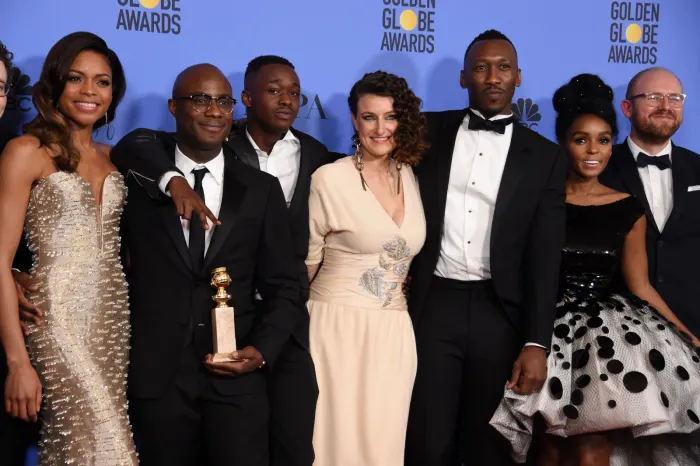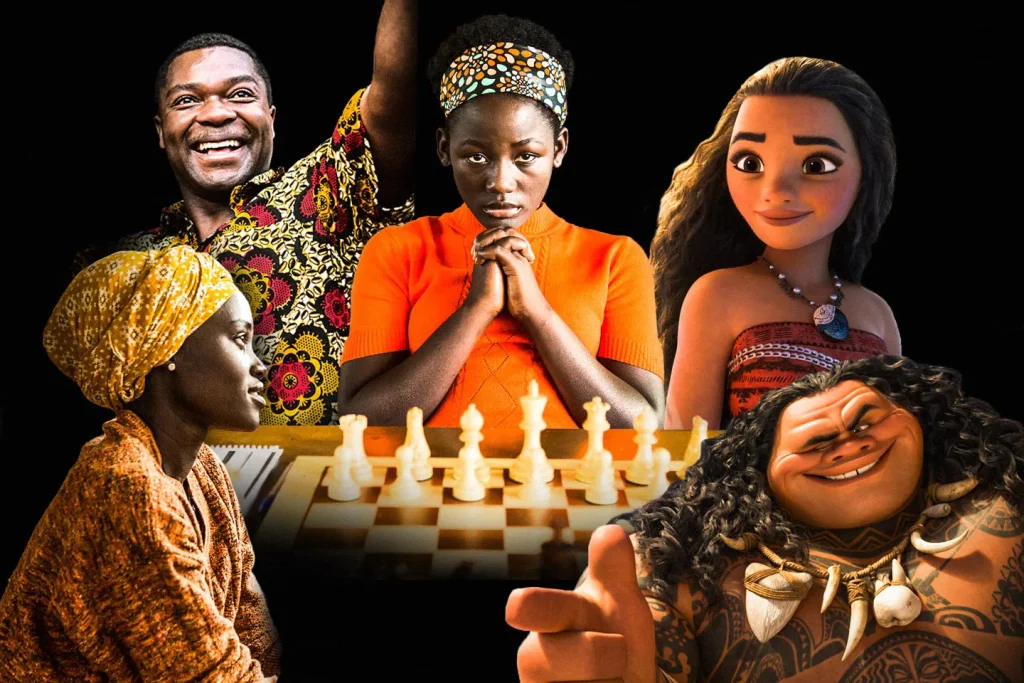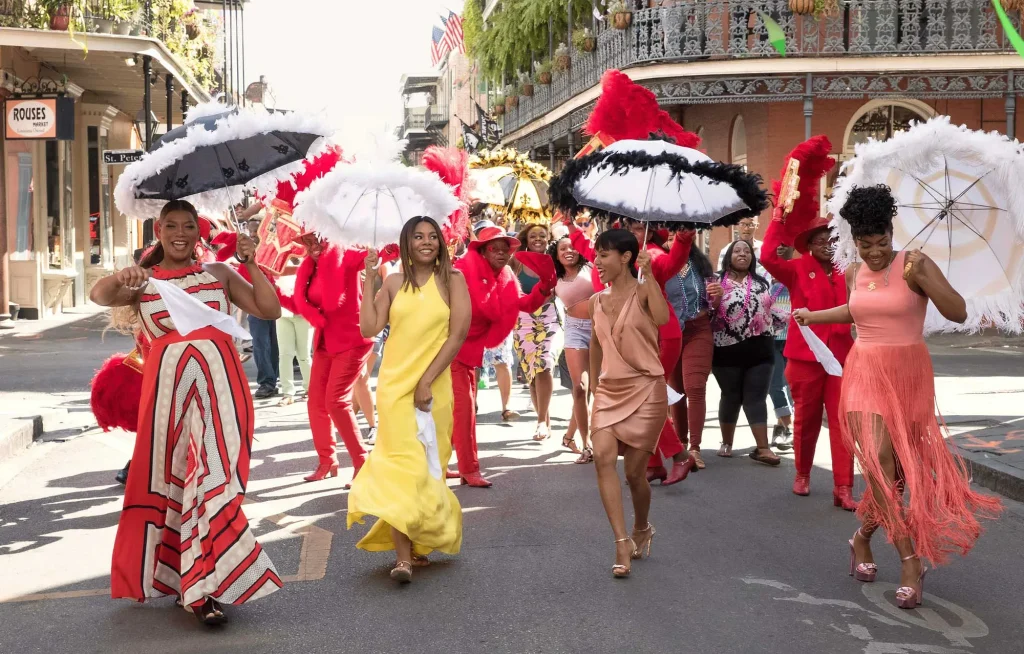Diversity in film has become a crucial aspect of the modern cinematic landscape, reflecting a broader societal shift towards inclusivity and representation. As audiences increasingly demand stories that represent a wide range of experiences, backgrounds, and identities, the film industry is responding with more diverse casting, storytelling, and production practices. This article explores the significance of diversity in film, key trends, and notable examples.

The Significance of Diversity in Film
- Representation and Authenticity: Diverse representation in film ensures that different cultures, ethnicities, genders, and identities are accurately and authentically portrayed. This helps to break down stereotypes and offers a more nuanced and realistic view of the world.
- Audience Engagement: Films that reflect the diversity of their audiences can resonate more deeply with viewers. By including stories and characters that reflect varied experiences, filmmakers can engage a broader and more diverse audience.
- Social Impact: Films have the power to shape societal attitudes and perceptions. Diverse representation can challenge biases, promote empathy, and contribute to social change by highlighting issues related to race, gender, and identity.
- Talent Recognition: Embracing diversity in film also means recognizing and valuing talent from underrepresented groups. This can lead to a more equitable industry where all voices have the opportunity to be heard and celebrated.
- Economic Opportunity: Films that embrace diversity can tap into new markets and demographics, potentially leading to greater commercial success. Diverse storytelling can attract global audiences and create new revenue streams.
- Creative Innovation: Diverse perspectives contribute to creative storytelling and innovation in film. By incorporating a range of voices and experiences, filmmakers can explore fresh and original narratives.
- Cultural Exchange: Films that showcase different cultures and experiences foster cross-cultural understanding and appreciation. This promotes a richer global exchange of ideas and stories.
Key Trends in Diversity in Film
- Inclusive Casting: There is a growing emphasis on casting actors who authentically represent the characters they portray. This includes more opportunities for actors from diverse racial, ethnic, and gender backgrounds.
- Example: The casting of actors like Daniel Kaluuya in “Get Out” and Constance Wu in “Crazy Rich Asians” reflects a commitment to authentic representation and has been well-received by audiences.
- Diverse Storytelling: Filmmakers are increasingly telling stories from a variety of cultural and social perspectives, exploring themes related to race, gender, sexuality, and disability.
- Example: “Moonlight,” directed by Barry Jenkins, explores the complexities of identity and sexuality in the African American community, earning critical acclaim for its nuanced portrayal.
- Intersectionality: Modern films are addressing the concept of intersectionality, which considers how different aspects of identity, such as race, gender, and class, intersect and impact individuals’ experiences.
- Example: “The Farewell,” directed by Lulu Wang, examines the intersection of cultural expectations and personal identity within the context of a Chinese-American family.
- Behind-the-Scenes Diversity: Efforts to promote diversity extend beyond on-screen representation to include diverse voices in writing, directing, producing, and other key roles in film production.
- Example: The rise of female directors and writers, such as Greta Gerwig (“Lady Bird”) and Ava DuVernay (“Selma”), highlights the growing diversity behind the camera.
- Representation of Marginalized Groups: There is increasing attention to representing marginalized groups, including LGBTQ+ individuals, people with disabilities, and various ethnic minorities, in meaningful and respectful ways.
- Example: “The Shape of Water,” directed by Guillermo del Toro, features a romantic relationship between a mute woman and an amphibious creature, challenging traditional notions of disability and romance.
- International Perspectives: Films are incorporating international perspectives and storytelling, reflecting a globalized world and offering viewers a broader range of cultural experiences.
- Example: “Parasite,” directed by Bong Joon-ho, gained international acclaim for its portrayal of class disparity in South Korea, showcasing the global appeal of diverse stories.
- Activism and Advocacy: Many filmmakers and industry professionals are using their platforms to advocate for greater diversity and inclusion in the film industry, pushing for systemic changes and raising awareness about underrepresentation.
- Example: The #OscarsSoWhite movement highlighted the lack of diversity in the Academy Awards and prompted discussions about the need for more inclusive practices in Hollywood.

Notable Examples of Diversity in Film
- “Black Panther” (2018): Directed by Ryan Coogler, this film celebrated African culture and featured a predominantly Black cast. Its success demonstrated the commercial viability of films with diverse representation.
- “Roma” (2018): Directed by Alfonso Cuarón, this film provided a powerful portrayal of life in Mexico City, focusing on the experiences of a domestic worker and showcasing Mexican culture to a global audience.
- “The Joy Luck Club” (1993): Directed by Wayne Wang, this film adapted Amy Tan’s novel to explore the lives of Chinese-American women and their immigrant mothers, highlighting intergenerational and cultural experiences.
- “Coco” (2017): Directed by Lee Unkrich and Adrian Molina, this animated film celebrated Mexican culture and traditions, focusing on the Day of the Dead and featuring a cast of predominantly Latino characters.
- “Love, Simon” (2018): Directed by Greg Berlanti, this film was notable for its representation of a gay teenage protagonist in a mainstream coming-of-age story, reflecting broader LGBTQ+ representation in cinema.
- “The Farewell” (2019): Directed by Lulu Wang, this film provided a heartfelt exploration of family dynamics and cultural differences through the lens of a Chinese-American family.
- “Mad Max: Fury Road” (2015): Directed by George Miller, this film featured strong female characters and challenged traditional gender roles within the action genre, earning praise for its feminist themes.

Conclusion
Diversity in film is an evolving and vital aspect of the industry, reflecting a commitment to inclusivity, representation, and creative innovation. By embracing diverse voices and stories, the film industry can better reflect the complexities of the world and offer audiences a richer and more varied cinematic experience. As trends continue to evolve, the push for greater diversity in film will likely lead to more inclusive storytelling and a broader appreciation of the diverse experiences that shape our world.


